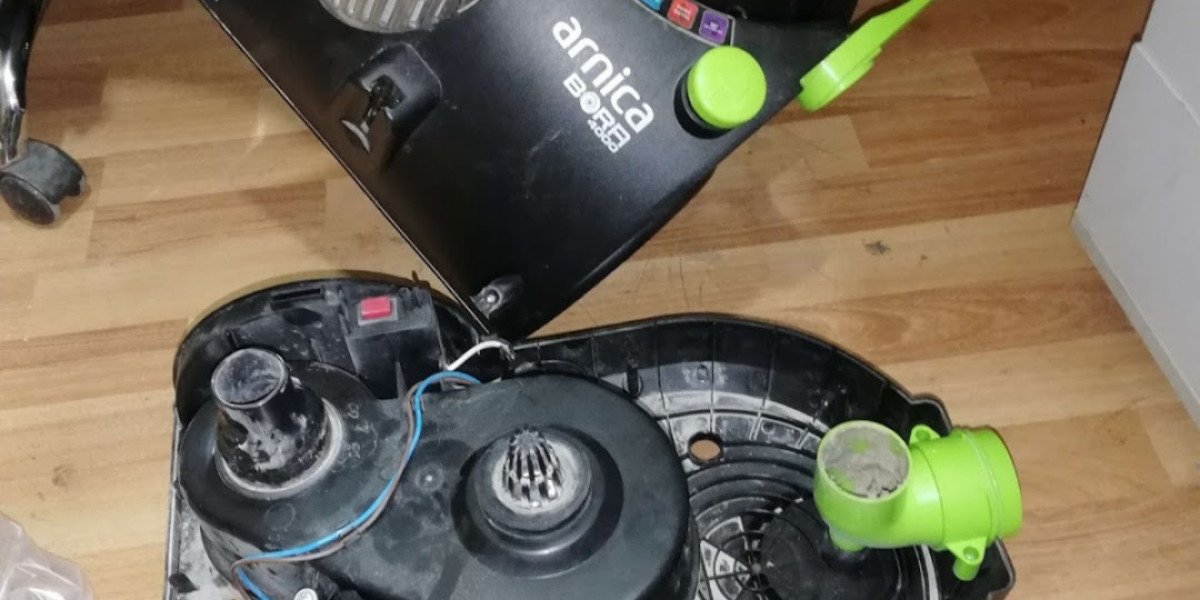In the world of high-performance IT infrastructure, functionality and efficiency are everything. From cable management to temperature control, data centre operators are constantly seeking smarter ways to optimise operations. One proven solution that continues to stand the test of time is the raised floor system — a versatile platform that supports not just equipment but also energy efficiency and scalability.
More than just an elevated surface, a raised floor system plays a critical role in airflow management, especially when integrated with hot aisle containment strategies. Together, they help create a controlled environment that safeguards servers, reduces downtime, and lowers operational costs.
What Is a Raised Floor System?
A raised floor system is a platform of removable tiles supported by a metal grid, creating an underfloor space for housing cables, pipes, and airflow. This design allows for flexible infrastructure changes and enhances accessibility without disrupting day-to-day operations.
Key benefits include:
Efficient cable management
Optimised cooling and airflow
Scalability for future tech upgrades
Minimised clutter for improved safety
Easy access for maintenance and troubleshooting
These systems are commonly used in data centres, control rooms, laboratories, and IT-intensive environments — wherever a clean, customisable, and manageable floor layout is essential.
Raised Floor System and Airflow Management
One of the biggest challenges in any data centre is managing heat. As servers run continuously, they generate substantial heat that, if not properly managed, can lead to overheating and downtime.
This is where the raised floor system truly shines. By directing cool air from under the floor and delivering it to server inlets via perforated floor tiles, it enables effective cooling exactly where it’s needed.
Integrating Raised Floor with Hot Aisle Containment
To take thermal efficiency a step further, data centres are now combining raised floors with hot aisle containment — a strategy that isolates hot exhaust air from cold intake air by enclosing the hot aisles between server racks.
Why this combination works:
Improved cooling efficiency: Cool air is directed to server inlets, while hot air is kept separate and returned to cooling units.
Energy savings: Prevents overcooling and reduces reliance on CRAC units.
Higher rack density: Better cooling control allows for more servers per square metre.
Consistent temperature control: Prevents hotspots and airflow mixing.
This integration ensures optimal thermal dynamics and maintains a consistent environment, which is critical for high-density and high-performance computing.
Applications Beyond Data Centres
While data centres are the primary users of raised floor systems, other sectors also benefit:
Laboratories: For routing cleanroom air and accommodating chemical piping.
Broadcast Studios: For AV cabling and soundproofing needs.
Trading Floors: For managing thousands of communication cables beneath desks.
Command Centres: For supporting 24/7 operations with minimal downtime.
Key Considerations When Choosing a Raised Floor System
When planning a raised floor system, consider the following:
Load-bearing capacity based on your equipment weight
Type of tiles – perforated, solid, or grated
Anti-static features to protect electronic equipment
Compatibility with containment systems like hot or cold aisle
Fire and moisture resistance for safety and durability
A future-ready setup should be flexible enough to integrate with new cooling technologies and evolving IT needs.
Final Thoughts
A raised floor system is more than just infrastructure — it’s a foundational element of modern facility design. When paired with hot aisle containment, it becomes a powerful tool for data centre cooling efficiency, operational stability, and long-term cost savings.
If you’re building or upgrading your IT or technical space, investing in a smart, integrated flooring and cooling solution is essential. Don’t just raise the floor — raise your operational standards.





